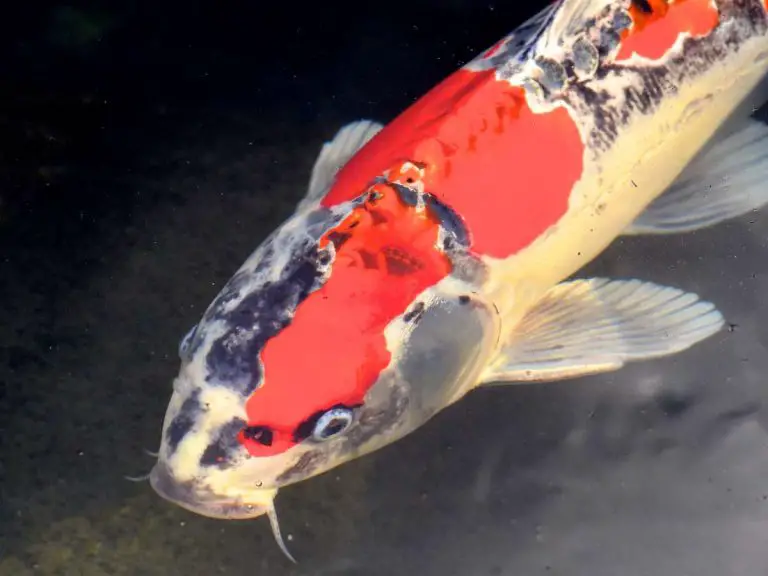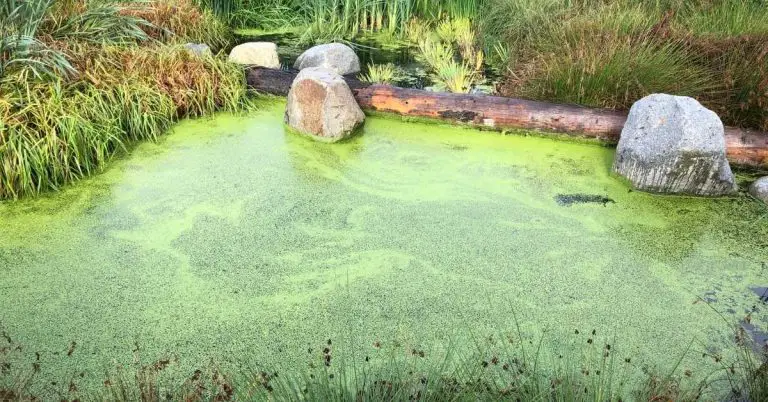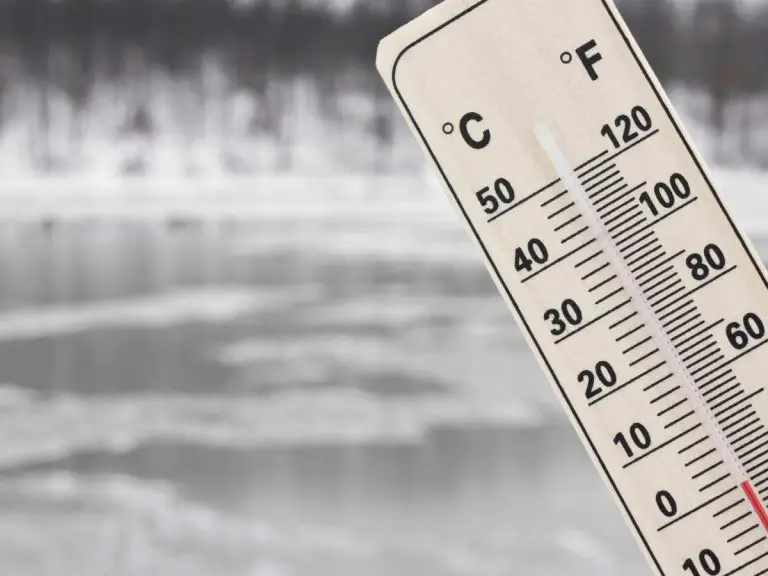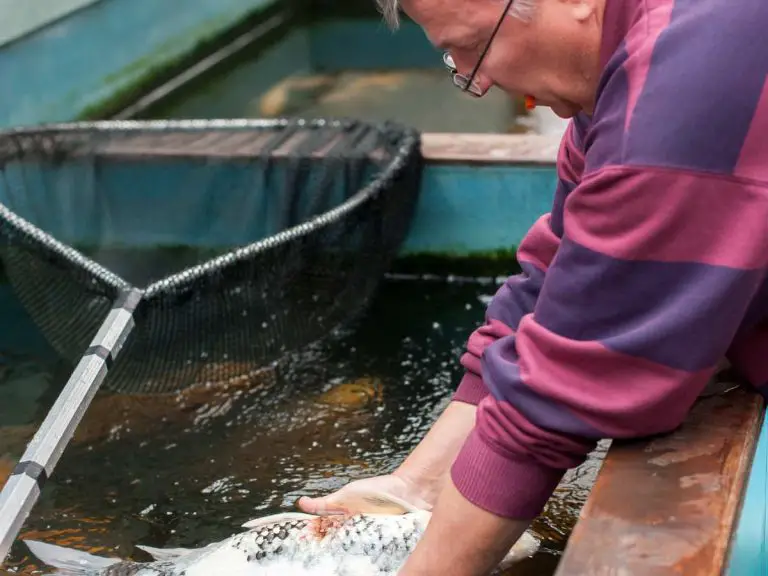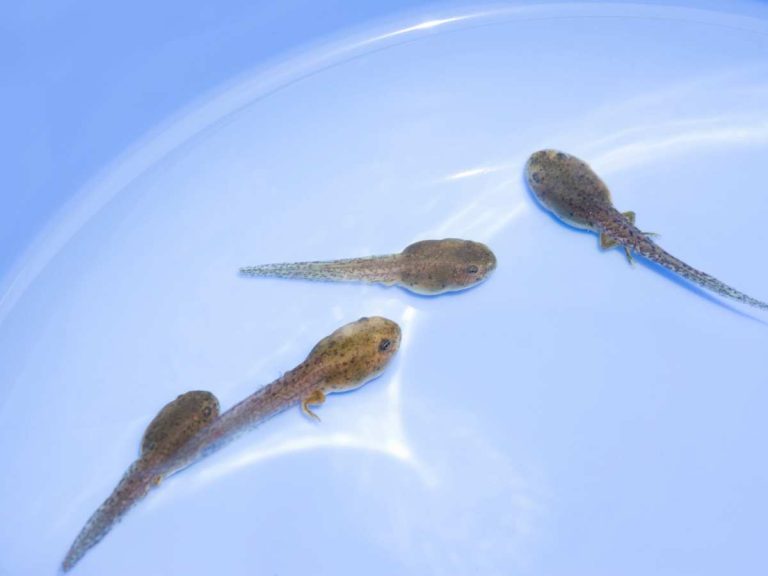How To Make Koi Grow Faster: Accelerate Your Koi Fish’s Size (In A Healthy Way)
If you’re interested in learning how to make your Koi grow bigger quickly, you’ve come to the right place.
So, how exactly can you make your koi grow faster? It all boils down to understanding the key factors that affect their growth. Biological, environmental, and genetic factors all play a role in the development of koi fish.
By creating a favorable pond environment, implementing proper feeding strategies, managing water conditions, and even harnessing the power of selective breeding, you can promote rapid growth in your koi.
Now that you know what lies ahead, let’s dive deeper into the world of koi fish growth and explore these techniques in greater detail.
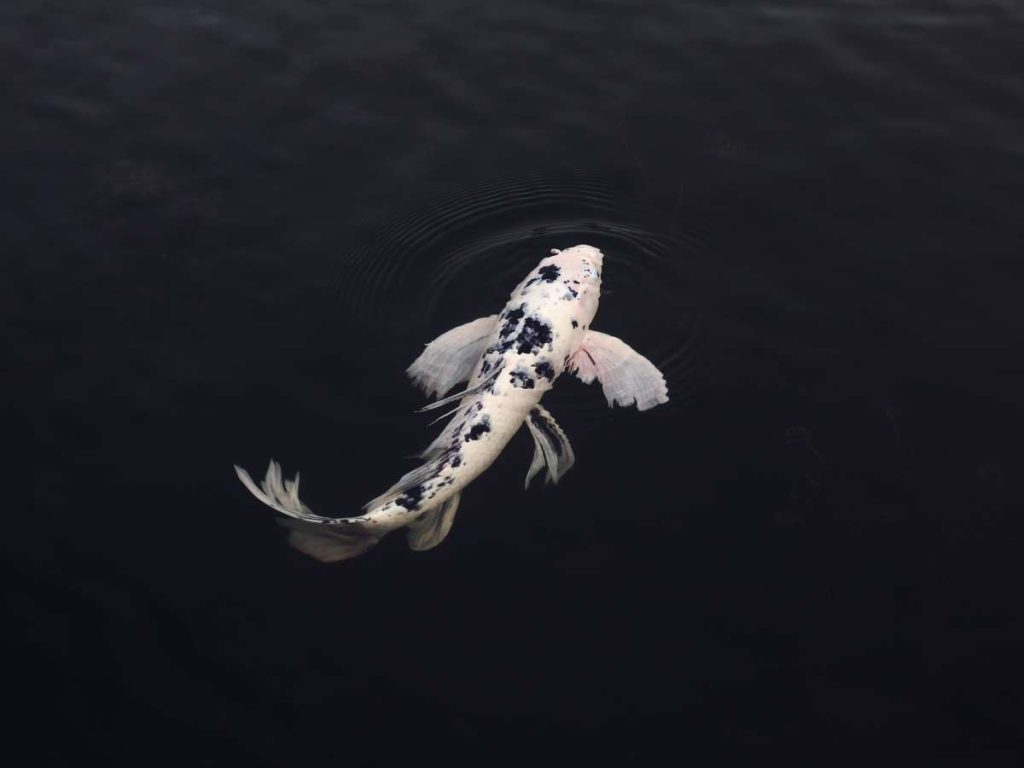
Understanding the factors affecting koi growth
Understanding the myriad factors that influence koi growth is pivotal. By grasping these elements, you can tailor your care approach, ensuring your koi not only grow but thrive.
Biological Factors
Every koi fish is a unique individual, and their growth is influenced by several biological aspects:
- Genetic Makeup: Just as humans inherit traits from their parents, koi inherit growth patterns from their lineage. This genetic code can dictate how fast or slow a koi might grow.
- Age: Younger koi are in a phase of rapid development and thus tend to grow at a faster rate. As they age, this rate naturally slows down, especially as they approach their maximum size.
- Health: A healthy koi will undoubtedly grow better. Regular health check-ups, a balanced diet, and preventive care can ensure your koi remains in optimal health, supporting its growth.
Environmental Factors
Your koi’s surroundings play a pivotal role in its growth trajectory:
- Water Temperature: Koi have a sweet spot when it comes to water temperature. They flourish in temperatures ranging from 65-75°F (18-24°C). Within this range, their metabolism operates optimally, promoting growth.
- Water Quality: Clean water isn’t just about clarity. It’s about maintaining the right pH levels, ensuring adequate oxygenation, and keeping toxins at bay. Regular water testing and timely water changes can help maintain an environment conducive to koi growth.
- Space: Koi need ample space to move and grow. A cramped pond can hinder their growth. Ensure your pond size is appropriate for the number and size of koi you have.
Genetic Factors
The breed of your koi can be a game-changer in terms of growth:
- Breed Variations: Koi come in a plethora of breeds. While some are celebrated for their vibrant patterns, others are notable for their growth rates. For instance, Jumbo koi varieties are known for their impressive sizes.
- Selective Breeding: Over the years, breeders have selectively bred koi to emphasize certain traits, including growth. If rapid growth is a priority for you, researching and opting for breeds known for this trait can be beneficial.
- Parentage: Sometimes, looking at the growth patterns of a koi’s parents can give insights into how the offspring might grow. If possible, gather information about the parent fish when purchasing a koi.
With these factors in mind, whether you’re a novice or a seasoned koi keeper, continuous learning and observation will ensure your koi reach their full potential.
Creating a favorable environment for koi growth
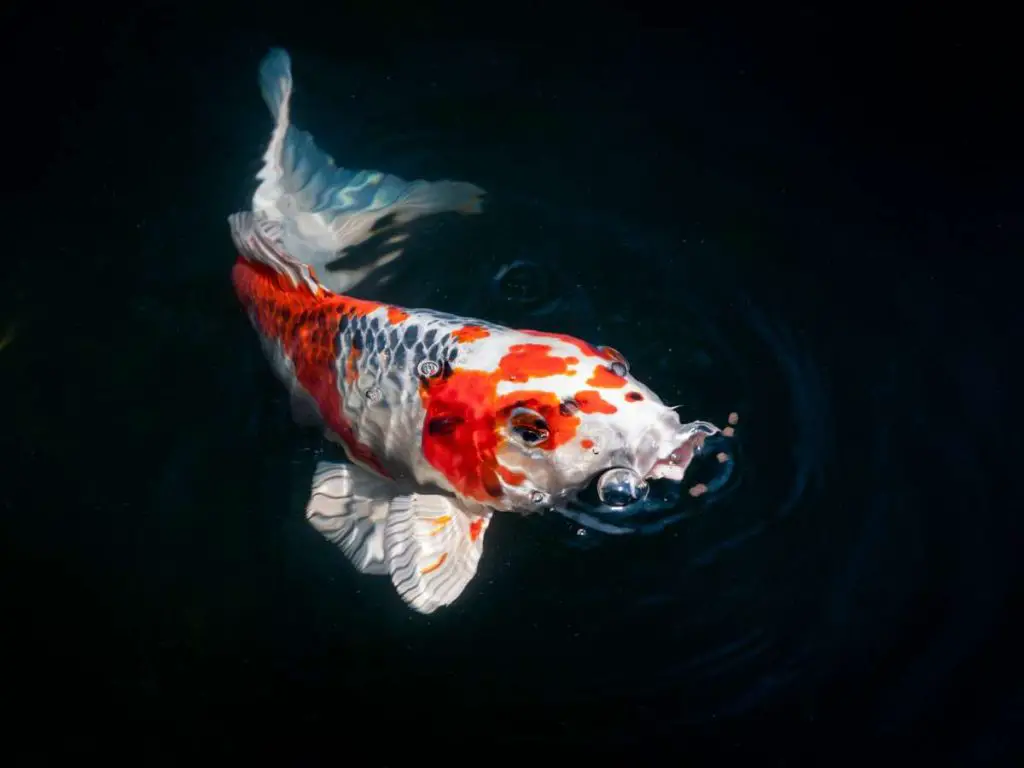
Creating a conducive environment for koi growth is crucial in ensuring their optimum development. Let’s explore some key factors to consider:
Providing optimal water conditions
Water quality plays a significant role in the growth and overall health of koi. To promote faster growth, it’s important to maintain clean and well-balanced water. Regularly test the water parameters such as pH, ammonia, nitrite, and nitrate levels to ensure they are within the optimal range.
Furthermore, investing in a reliable water filtration system is essential. A high-quality filtration system helps remove harmful substances, such as excess fish waste and debris, that can hinder koi growth. Consider installing a biological filter to promote the growth of beneficial bacteria that help break down toxins in the water.
Maintaining proper pond size and depth
The size and depth of the pond are crucial factors for koi growth. Ideally, the pond should be large enough to accommodate the number and size of your koi. A spacious pond allows the fish to swim freely, promoting exercise and muscle development.
The depth of the pond is also important, especially during colder months. Koi fish require a pond depth of at least three feet to ensure proper insulation against extreme temperatures. This depth provides a stable and suitable environment for their growth.
Ensuring adequate filtration and oxygenation
Proper filtration and oxygenation are both crucial for promoting faster koi growth. Filtration removes harmful impurities from the water, while oxygenation ensures an ample supply of oxygen for the fish.
Consider using a combination of mechanical, biological, and chemical filtration methods to effectively remove waste and maintain water clarity. Additionally, aeration devices such as air pumps and waterfalls can help increase oxygen levels in the pond, supporting the rapid growth of your koi.
Feeding strategies for promoting koi growth
Feeding your koi fish is one of the most crucial factors in promoting their growth. By implementing the right feeding strategies, you can ensure that your koi are receiving the necessary nutrients for rapid development.
Choosing high-quality and nutritious food
The first step in promoting fast koi growth is selecting the right food. Opt for high-quality pellets or flakes that are specifically formulated for koi fish. These foods are packed with essential nutrients that will support their growth and overall health. Look for options that have a high protein content to provide the necessary building blocks for muscle development.
If possible, aim for a diet that includes a combination of pellet and live or frozen foods. This variety will not only provide different nutrients but also keep your koi interested and engaged during feeding time.
Feeding frequency and portion control
When it comes to feeding frequency, it’s important to strike a balance. Overfeeding can lead to health issues and poor water quality, while underfeeding can hinder growth. As a general rule, aim to feed your koi multiple small meals throughout the day rather than one large meal.
Start by feeding your koi small amounts and observe their feeding behavior. If they consume all the food within a few minutes, you can gradually increase the portion size. However, if there is still uneaten food after five minutes, reduce the portion size to avoid overfeeding.
Incorporating growth-enhancing supplements
In addition to their regular diet, you can enhance your koi’s growth by incorporating growth-enhancing supplements. These supplements often contain additional vitamins, minerals, and amino acids that support rapid growth and overall health.
One popular growth-enhancing supplement is spirulina, a type of blue-green algae. It not only promotes growth but also enhances the vibrant coloration of your koi. Another option is wheat germ, which is rich in fatty acids and helps boost metabolism and growth. Adding these supplements to your koi’s diet can provide that extra push for accelerated growth.
Implementing proper water management practices
Proper water management is crucial for ensuring the fast growth and overall health of your koi fish. By following a few key practices, you can create an optimal environment in your pond that will support accelerated growth.
Regular water changes
Regular water changes are essential for maintaining clean and healthy water conditions in your pond. Ideally, you should aim to change 10-20% of the water every 1-2 weeks. This helps remove accumulated waste and toxins, preventing them from negatively impacting your koi’s growth and health.
Monitoring and adjusting pH levels
Monitoring the pH levels of your pond water is crucial for ensuring the well-being of your koi. Aim for a pH range of 7.0 to 8.5, as this is the optimal range for koi fish. If the pH levels fall outside of this range, you may need to use pH adjustment products to bring them back to the desired levels.
Controlling ammonia and nitrate levels
Ammonia and nitrate levels can quickly become hazardous to your koi’s health if left unchecked. Regularly test the water for ammonia and nitrate levels and take appropriate measures to control them. Installing a good filtration system, performing regular water changes, and adding beneficial bacteria can help keep these levels in check.
In addition to these practices, it’s also important to keep an eye on other water parameters such as temperature, dissolved oxygen levels, and salinity (if applicable). Maintaining optimal water conditions will create a conducive environment for your koi’s growth and overall well-being.
Enhancing koi growth through selective breeding
| Aspect | Details | Tips & Additional Information |
|---|---|---|
| Source of Koi | Reputable dealer. Online purchase is ideal for many. | Always check reviews and ratings when buying online. Ensure the dealer provides health certifications for the koi and ships humanely. |
| Desired Growth Traits | Robust body structure. Strong, vigorous fins. Deep and elongated body shape | Avoid breeding koi with visible defects or health issues, even if they exhibit some desired traits. |
| Growth Indicators | Fast growth rate. Larger size compared to peers | Regularly measure and monitor the growth of your koi to identify potential breeding candidates. |
| Breeding Techniques | Line Breeding. Crossbreeding | Always keep detailed records of breeding pairs, dates, and offspring characteristics. |
| Line Breeding | Breeding koi from the same line or bloodline | This method can lead to inbreeding if done excessively. Rotate breeding pairs to maintain genetic diversity. |
| Crossbreeding | Breeding koi from different bloodlines | Ensure both koi are healthy and free from diseases. Crossbreeding can result in unique patterns and colors in the offspring. |
| Post-Breeding Care | – Proper nutrition. Adequate space. Regular health checks | Feed fry with high-protein diets to support rapid growth. Ensure water conditions are optimal for the young koi. |
When it comes to accelerating the growth of your koi fish, one highly effective method is selective breeding. By carefully choosing breeding stock with desired growth traits, you can significantly enhance the growth rate of your koi fry.
But before we get into details, you should know that the best way to ensure you’re breeding the best and healthiest Koi is to buy them from a reputable dealer. If you don’t have a Koi dealer or farm near you, you can always purchase premium Koi online and have them shipped directly to your home.
Selecting breeding stock with desired growth traits
When selecting koi for breeding, it’s important to look for individuals that exhibit the desired growth characteristics you want to pass on to the next generation. Look for koi with a robust body structure, strong and vigorous fins, and a deep and elongated body shape. These traits are often indicators of good growth potential.
Additionally, take note of the growth rate and size of the potential breeding pair. If they have exhibited fast growth themselves, there is a higher chance that their offspring will inherit these traits.
Implementing breeding techniques to promote fast growth
Once you have selected your breeding stock, it’s time to implement breeding techniques that will boost the growth rate of the koi fry. One popular method is called “line breeding,” where you selectively breed koi from the same line or bloodline to strengthen desirable traits, including growth potential. This increases the chances of producing offspring with accelerated growth.
Another technique is “crossbreeding,” which involves breeding koi from different bloodlines to introduce genetic diversity. This can lead to hybrid vigor and potentially faster growth in the offspring. However, it’s important to ensure that the koi being bred are compatible in terms of genetic compatibility and health.
Caring for koi fry to ensure optimal growth potential
Once the koi fry hatch, it’s crucial to provide them with the best possible care to ensure optimal growth. Monitor their growth rate closely and make sure they have access to high-quality, nutrient-rich food. Additionally, consider implementing feeding strategies such as frequent and small feedings to promote faster growth.
Regularly clean and maintain the pond where the koi fry are growing to provide a clean and healthy environment. This includes monitoring water parameters, such as temperature, pH levels, and ammonia levels. Any imbalance in these factors can hinder the growth of the fry.
By employing selective breeding techniques and providing the best possible care for koi fry, you can enhance their growth potential and accelerate the overall growth rate of your koi population. It’s an exciting and rewarding process that allows you to witness the development of beautiful and healthy koi fish in your pond.
Maintenance and care practices for accelerated koi growth
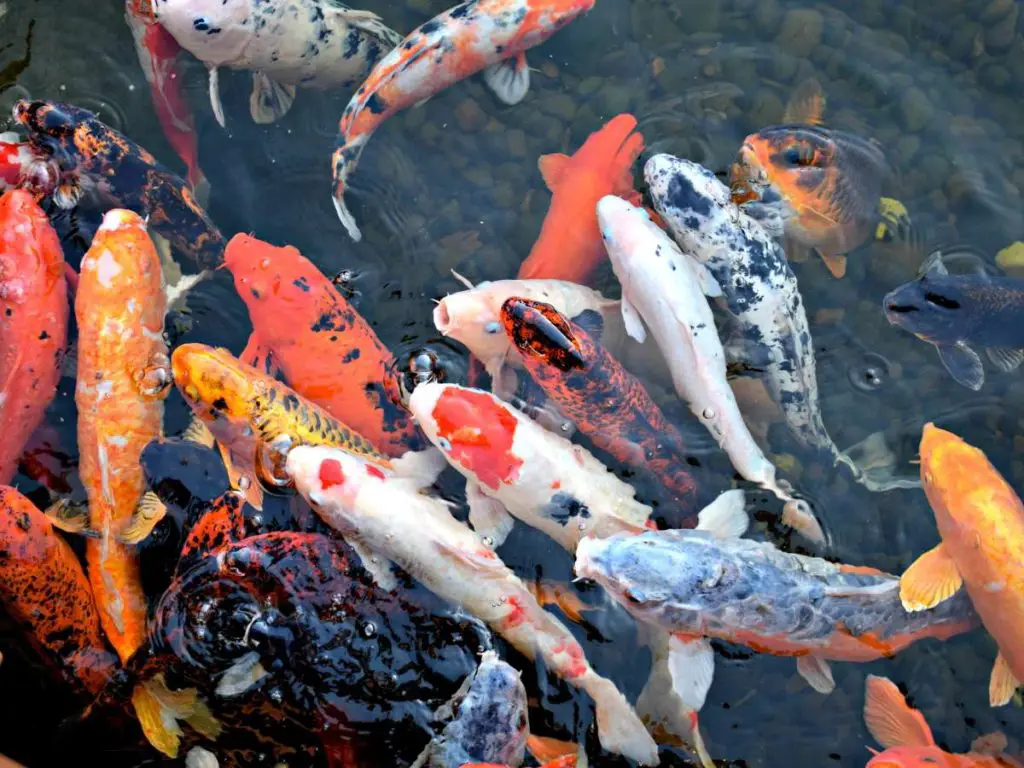
When it comes to accelerating the growth of your koi fish, maintenance and care practices play a crucial role. By diligently monitoring and taking care of your pond and fish, you can ensure that they stay healthy and thrive. Here are some key practices to follow:
Regular monitoring and health checks
To promote faster growth in your koi, it’s essential to regularly monitor their health and well-being. Keep an eye out for any signs of illness or distress, such as changes in behavior, appetite, or appearance. If you notice anything unusual, take immediate action to address the issue.
Performing routine health checks, such as examining the gills, scales, and fins, can help you detect any potential problems early on. By catching and treating issues promptly, you can prevent them from hindering your koi’s growth.
Maintaining proper pond temperature
Koi fish thrive in specific temperature ranges, so it’s crucial to maintain an ideal pond temperature for optimal growth. The ideal temperature for koi growth is typically between 68°F and 86°F (20°C and 30°C).
During colder seasons, using a pond heater or insulation can help keep the water within the desired temperature range. On the other hand, during hot summers, providing shade and aerating the water can prevent overheating and promote a healthy environment for your koi.
Treating and preventing diseases or parasites
Diseases and parasites can significantly hinder your koi’s growth. That’s why it’s crucial to implement preventive measures and promptly treat any existing issues. Regularly inspect your fish for signs of diseases or parasites, such as abnormal behavior, lesions, or parasites on their bodies.
Using a reliable water treatment regimen can help prevent common pond problems like bacterial infections, fungal diseases, and parasites. Additionally, proper quarantine procedures for introducing new fish into your pond can help reduce the risk of spreading diseases.
Remember, a healthy koi is more likely to experience faster growth, so taking proactive steps to maintain their well-being is key.
Final Thoughts
So there you have it, all the essential tips and techniques to make your koi grow faster! With the right approach, you can create an environment that promotes optimal growth and ensure your koi reach their full potential.
Let’s quickly recap the main points covered in this article:
- Understanding the factors affecting koi growth, including biological, environmental, and genetic factors.
- Creating a favorable environment by providing optimal water conditions, maintaining a proper pond size and depth, and ensuring adequate filtration and oxygenation.
- Feeding strategies, such as choosing high-quality and nutritious food, controlling portion sizes, and incorporating growth-enhancing supplements.
- Implementing proper water management practices, including regular water changes, monitoring and adjusting pH levels, and controlling ammonia and nitrate levels.
- Enhancing koi growth through selective breeding, by selecting breeding stock with desired growth traits and caring for koi fry to ensure optimal growth potential.
- Maintenance and care practices for accelerated koi growth, such as regular monitoring and health checks, maintaining proper pond temperature, and treating and preventing diseases or parasites.
Now armed with this knowledge, it’s time to start applying these methods to your own koi pond. Remember, consistency and attention to detail are key. So go ahead, watch your koi grow faster and enjoy the vibrant beauty they bring to your pond!
Related Questions
Can koi grow faster in a smaller pond?
While koi can technically grow in smaller ponds, their growth may be stunted due to limited space and potential water quality issues. It’s recommended to provide a pond with sufficient size and depth to allow for proper swimming and growth. This will also help maintain better water conditions for their overall health.
Do growth-enhancing supplements for koi really work?
Growth-enhancing supplements can provide additional nutrients and promote faster growth in koi. However, it’s important to choose supplements that are specifically designed for koi and follow the recommended dosage instructions. Additionally, a balanced diet and optimal water conditions are crucial for maximizing the effectiveness of these supplements.


